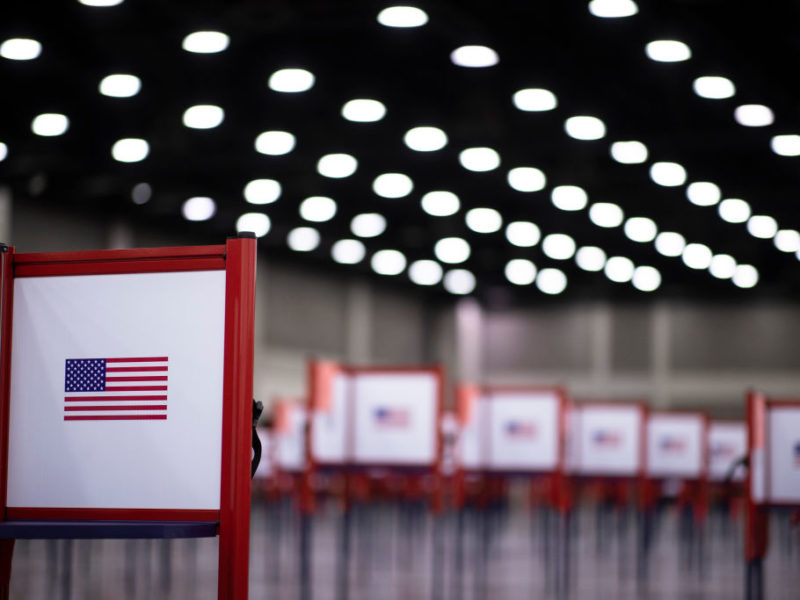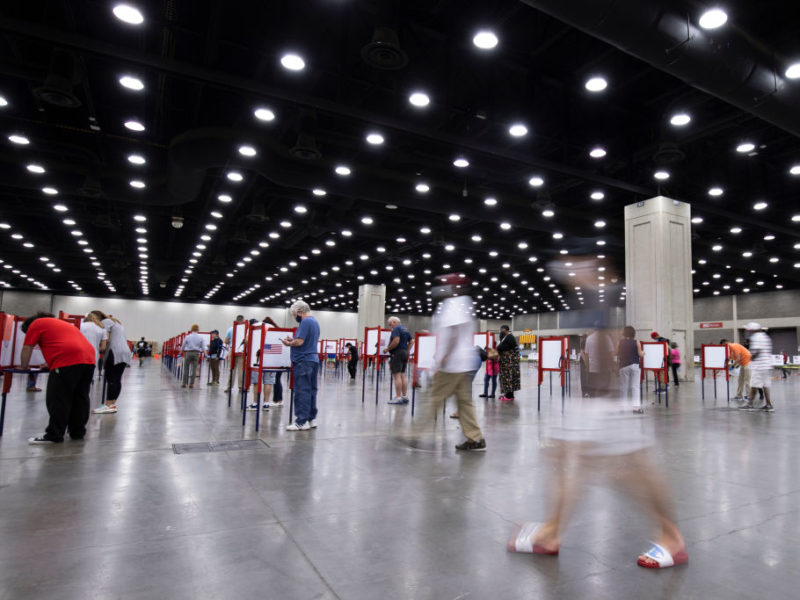Election Tips And Resources

With complications related to an ongoing global pandemic, concerns about voting integrity and historic levels of political division, the 2020 presidential election is sure to be like none other.
Texas A&M University Professor Jonathan Coopersmith is a historian of technology in the College of Liberal Arts. Coopersmith has written about voting and election technology, and researches the importance of fraud and fear in emerging technologies. He says there are a few things Americans should do before they head to the polls.
Fact Check What You See On Social Media
The televised presidential debate between John F. Kennedy and Richard Nixon in 1960 is often used as an example of how technology has changed elections and how we form our opinions of candidates. Social media and the internet have similar effects today.
Coopersmith says the biggest difference is that social media (especially Facebook) make it easy for candidates to microtarget specific groups for messaging and advertisements. Unbeknownst to them, users’ accounts have been carefully selected to receive only one candidate’s content, which creates an echo chamber and reinforces their beliefs.
Double-check the veracity of information you receive on social media, Coopersmith said, and know the source and where the information came from before passing it on to others.
Know What’s On The Ballot
For the first time in years, straight-ticket voting will not be an option for Texans. Straight-ticket voting sped up the voting process by allowing people to check one box to cast a ballot for every candidate from a single political party. In the 2020 general election, that is no longer an option, and ballots will take longer to fill out–leading to longer lines.
Educate yourself on the candidates in each race by visiting trusted sources . Coopersmith recommends visiting The Texas Tribune for an overview of who you’ll see in each race in your county. The Texas Tribune also provides information about staying safe while voting during a global pandemic, as well as information on how to request a mail-in ballot.
Vote Early
Coopersmith said the best advice you can take in any election is to vote early. If you cannot vote early, avoid longer lines on Election Day by voting during the work day. Lines are generally longest before or after working hours.
It’s important to vote early if voting by mail, too. This ensures that your ballot is received in time to be properly processed and counted.
For questions about mail-in voting or where to vote early, contact your county election officials. In Brazos County, voters can visit brazosvotes.org for more information on how and where to vote, and what to expect.
Vote In-Person
With more rules and instructions to follow for mail-in or absentee ballots, you have a greater chance of your mail-in ballot being rejected. If your health permits, Coopersmith recommends voting in-person to avoid misunderstanding these rules or instructions and therefore casting a ballot that cannot be counted.
Don’t Expect Results On Election Night
Processing and counting mail-in ballots takes time to ensure the identity of the voter while maintaining the privacy of that ballot, which is why a major increase in the percentage of mail-in votes due to COVID will likely delay election results. Coopersmith said this ensures the integrity of the results.
He compares the delay in election results to the influx in traffic on campus after a football game at Kyle Field. On gameday there are tens of thousands of people trying to do the same thing in the same limited amount of space. On Election Day, there will be millions of ballots needing to be processed at the same time with the same limited amount of resources.
This article by Rachel Knight originally appeared on the College of Liberal Arts website.





